RangitĪkei 253
Sharing our stories through the diverse voices to help connect back to the Rangitīkei Awa
What we do
The Rangitīkei 253 Project is all about capturing and sharing the rich, diverse voices and perspectives from along the 253 kilometers of the Rangitīkei Awa. This initiative focuses on gathering firsthand stories from those who have a deep connection to the river—what it means to them, how it shapes their lives, and why they feel such a strong bond with it. Through these personal narratives, we aim to highlight the importance of protecting the awa and the crucial role it plays in our community’s heritage and well-being. By showcasing these stories, we hope to foster a greater appreciation for the Rangitīkei and inspire collective action to ensure its preservation for future generations.
Below are a number of stories from whānau who share their connection to the Rangitīkei Awa. If you would like to share your story in relation to the Rangitīkei 253 Project get in touch at the link below:
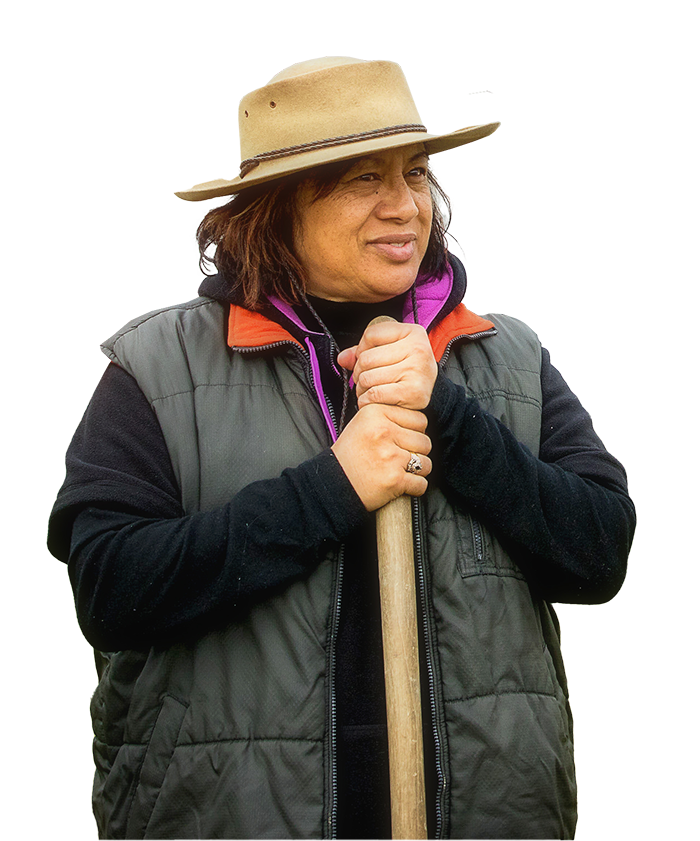
Stories of the Rangitīkei
Barbara Thomason
Connection to Awa and Whenua
Watch the video to hear Barb share her heartfelt and moving story about the deep significance of her Awa and Whenua. In her touching narrative, Barb reveals how these sacred places are central to her identity.
To listen to Barbs full audio interview follow the link below.
Neville and Robert
Te Mana o te Wai
This video showcases a discussion featuring two of our governance members, Neville Lomax and Robert Martin. In their insightful conversation, they emphasise the critical importance of the mahi undertaken by Nga Puna Rau and how this dedicated work is essential for safeguarding the mana of our waterways. Through their perspectives, the video sheds light on the enduring legacy of environmental stewardship and the long-term benefits that our commitment to these values will bring to our communities and the generations to come.
Nga Puna Rau o Rangitīkei
Whānau planting day down at the Awa
One of our key goals is to bring whānau together to improve the health of our Awa. In this video, you’ll hear from Kurt Ball, Robert Martin, and Dianne Saunders from Nga Puna Rau o Rangitīkei. They discuss how crucial it is to foster whanaungatanga and to inspire our tamariki and rangatahi. The video highlights how working together as a community and encouraging the younger generation plays a big role in taking care of our waterways and ensuring a brighter future for everyone.
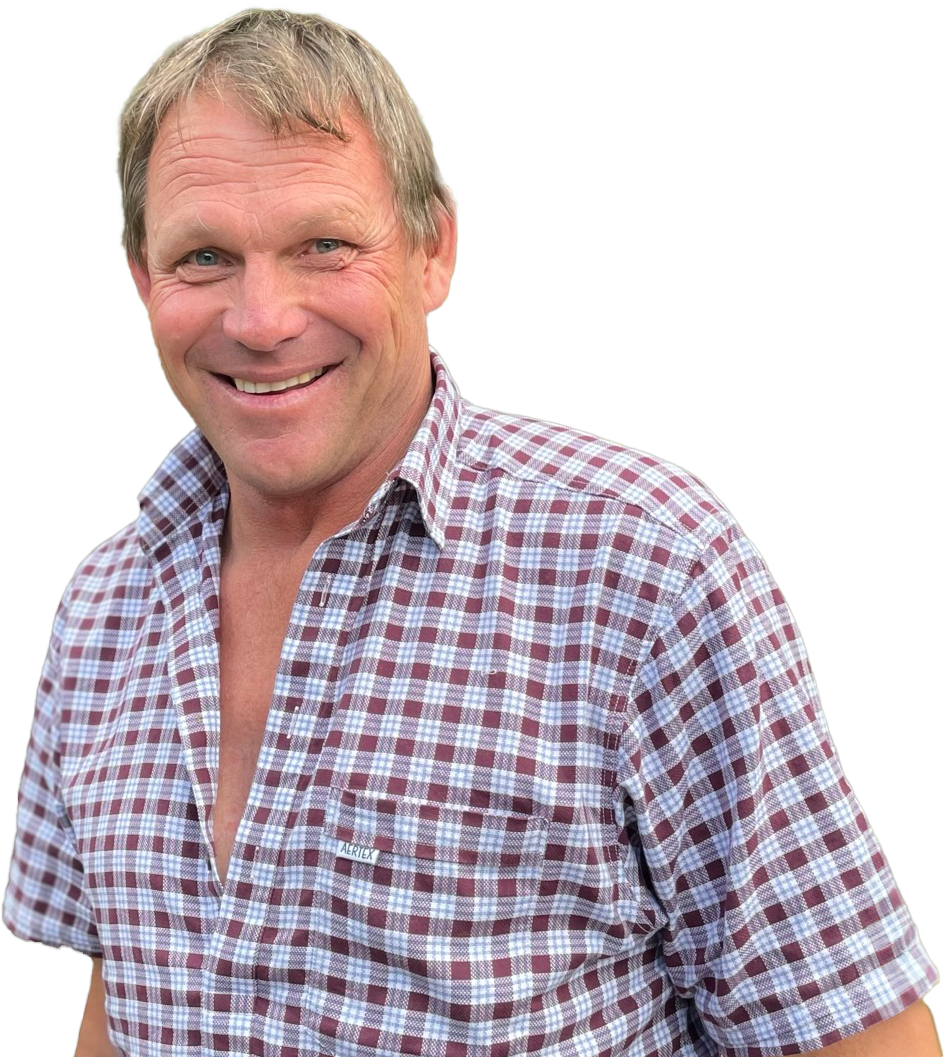
Mark Chrystall
Moawhango Farmer helping protect the Awa
Mark Chrystall, a devoted local farmer in Moawhango, is deeply committed to the protection of the awa that meander through his property, with a particular focus on the Tikirere Falls. In this video, Mark elaborates on his dedication to preserving these vital waterways by implementing measures such as fencing to keep them secure from damage. His efforts are driven by a strong belief in the importance of maintaining the health and purity of the awa, ensuring that they remain unspoiled and accessible for future generations. et-lb-btn-1
Robert Martin
Early years at the Horse Shoe Bend
Growing up in Moawhango, Board Chair, Robert Martin loved spending summer days at Horse Shoe Bend with his cousins. The place was like their own little paradise, with its winding river and green surroundings. Those summers made him feel incredibly free and close to his cousins, with a sense that nothing else mattered but having fun together. Those memories still warm his heart and remind him of how special those times were and how the awa was the thing that made this possible. Watch the video to hear his full recollection.
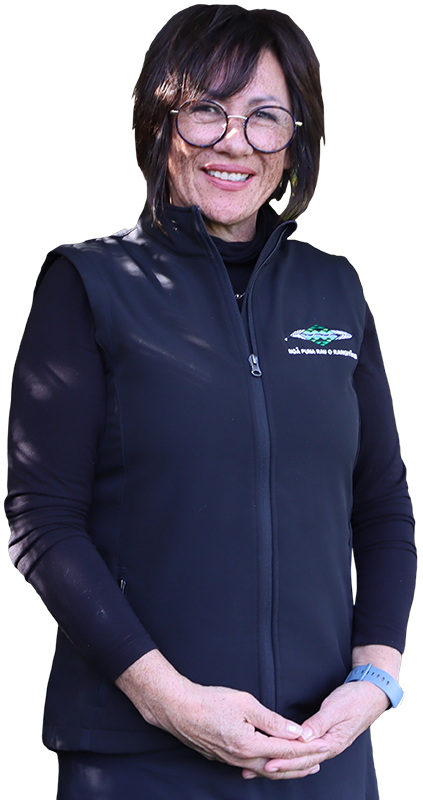
Jodie Munn
Early memories crossing her Awa
Watch this clip of Jodie Munn sharing her early memories of crossing her awa as a kid. Her heartfelt stories bring to life the cherished moments and deep connection she has with the river. It’s a beautiful reminder of how our landscapes shape our lives and traditions. Check out the clip to experience Jodie’s personal journey and see why these memories are so meaningful to her.
Dianne Saunders
Changes to the Hautapu over time
Check out this clip featuring Dianne Saunders, a member of the Ngā Puna Rau Governance board, as she shares her early memories of the Papakai Reserve/Hautapu Awa and how it has changed over the years. Dianne reminisces about growing up alongside the river, offering a personal look at its significance in her life. She also reflects on the changes the river has undergone over time, providing a unique perspective on its transformation. It’s a fascinating and heartfelt glimpse into both the river’s history and Dianne’s connection to it.
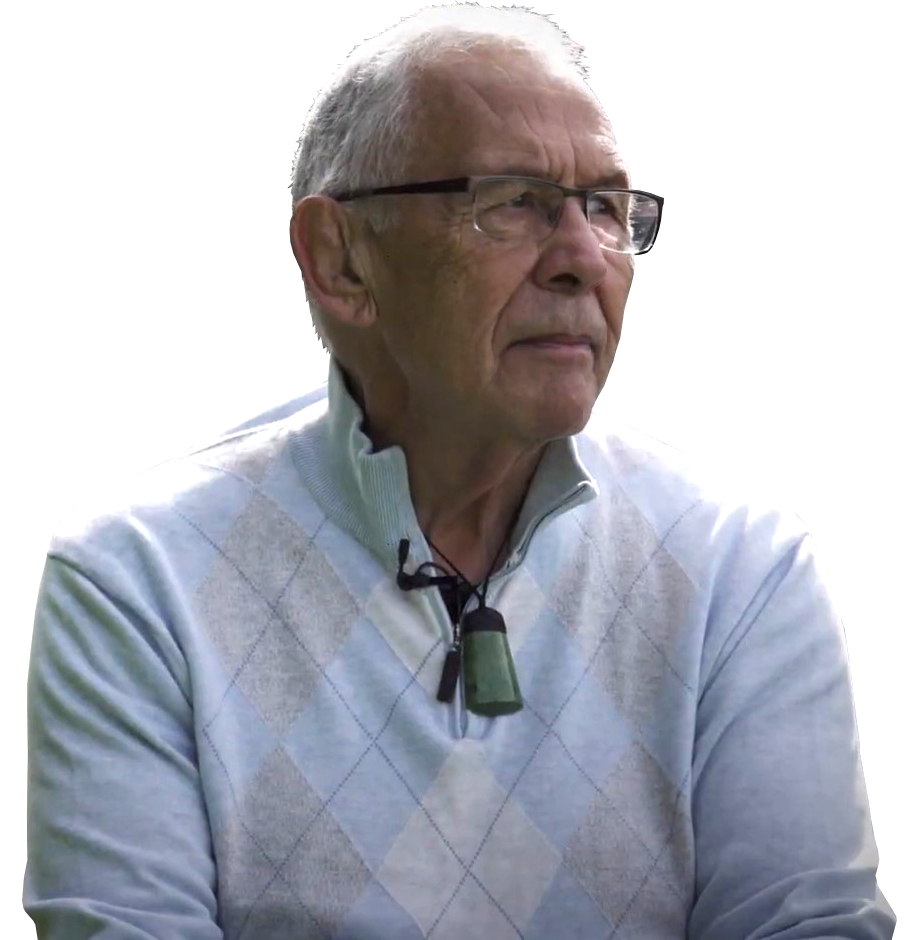
Neville Lomax
How Mātauranga Māori is helping with mahi on Lake Oporoa
Kayden Maata
Audio Interview outlining his hope for the future
In this audio interview, Kayden reflects on his childhood experiences growing up by the Hautapu Awa, sharing vivid stories about the various activities his whānau enjoyed together. He also expresses his concerns about the current state of the awa, highlighting the challenges it faces. Additionally, Kayden voices his hope and determination that we can work together to improve the awa, ensuring it remains in a better condition for future generations. Click the link below to listen to Kayden’s full interview and gain deeper insights into his personal experiences and aspirations for the awa.
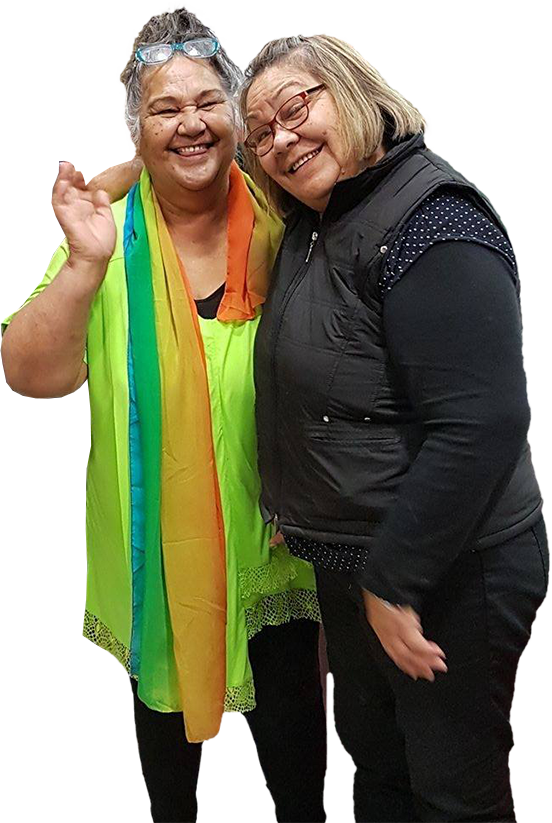
Marg Kauika
Written account on Pāharakeke, Moawhango
The creek next to our home sustained us. We called it “The Creek” growing up, but it’s called the Pāharakeke. It’s where we bathed, we swam and played. Mum would go down to the Moawhango River and catch eels, while me and my brothers, sisters and cousins played in the creek. Every now and then geese/hen eggs would float down the river and we would sit there waiting for them, the eggs came from the Batleys, they were the only ones with chooks up stream. We use to drink the beautiful water out of the Pāharakeke it was crystal clear. The watercress was yummy and there was heaps, we lived out of that creek. The Moawhango river and the river that runs through Pungatawa was where mum used to get her eels, she would catch big ones. I loved the creek because it ran next to our house, it was apart of our lively hood, our wellbeing, and now it’s gone. The creek had sand and pebbles when I was young and now its dried up in summer and has clay and slime.
Opae Steedman
The joy and kai his awa provided
Timoti Pekamu
Written account of growing up on the Awa
All the local awa—Hautapu, Moawhango, and Rangitīkei—have provided my whānau and me with kai (tuna and trout), as well as countless activities like camping, swimming, and fishing. They not only sustain the tinana (body) but also nourish the wairua (spirit). They inspire me creatively in my photography, capturing the rivers’ flow and the panoramic reflections of still waters. Many times, their intimate soundscapes have inspired musical compositions that soothe the soul. As a child growing up near Moawhango, I’ve seen the awa change over the years; it now appears unhealthy in comparison. People’s attitudes toward this natural resource have diminished, becoming less respectful and more selfish, treating it like an urban environment.”
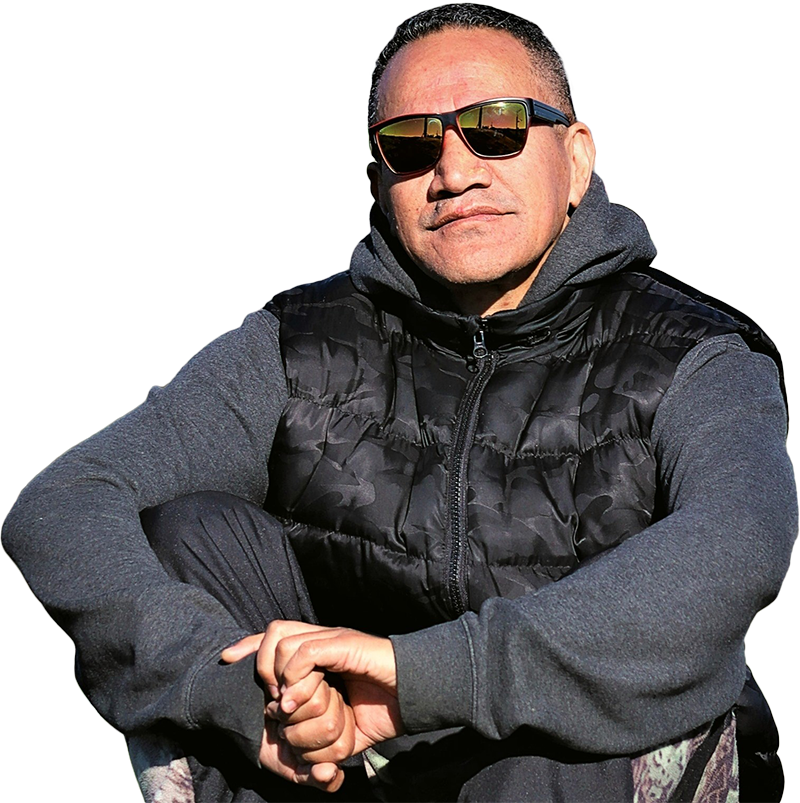

Moira Raukawa-Haskell
Early recollections on the Hautapu Awa
Stakeholders and Partners






Funders I

